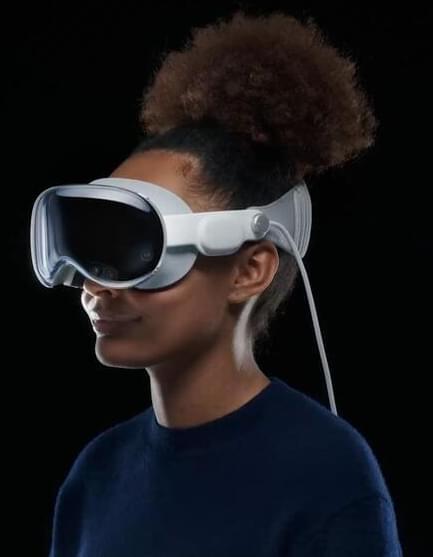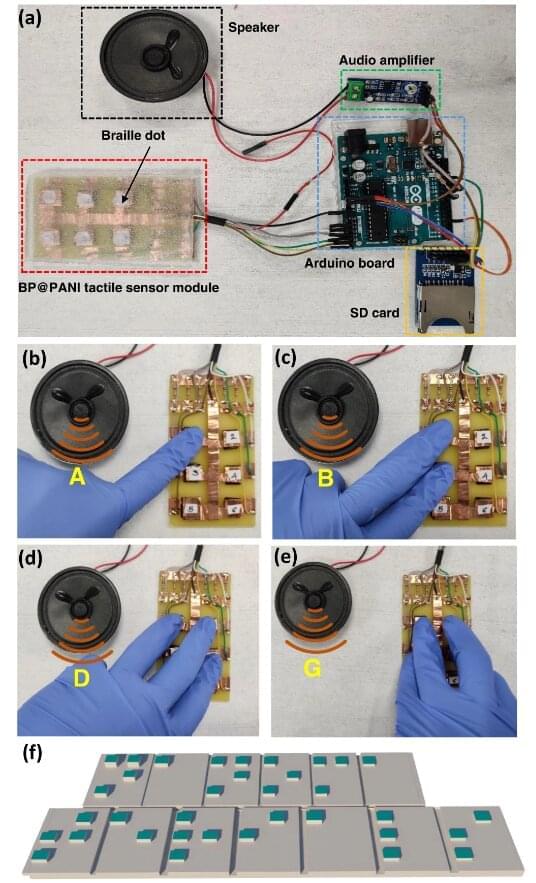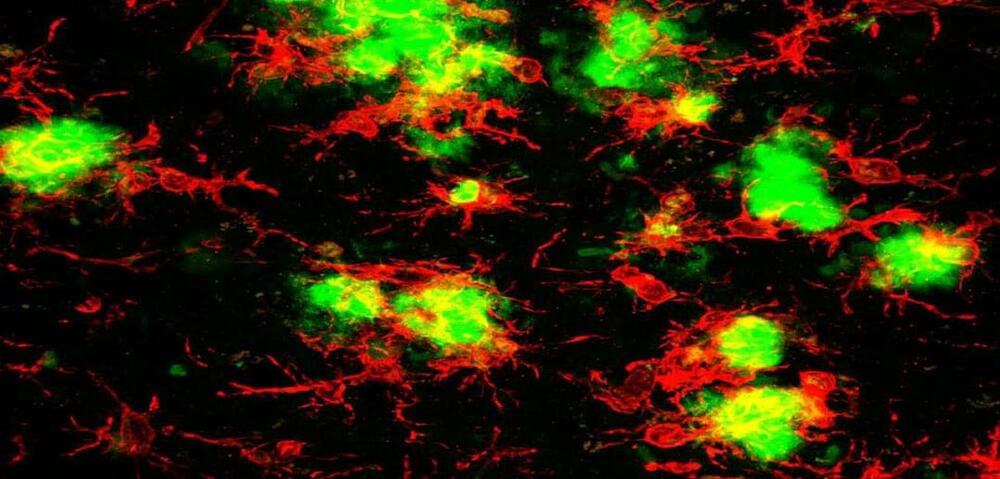Over millennia, humans have observed and been inspired by beautiful displays of light bands dancing across dark night skies. Today, we call these lights the aurora: the aurora borealis in the northern hemisphere, and the aurora australis in the southern hemisphere.
Nowadays, we understand aurorae are caused by charged particles from Earth’s magnetosphere and the solar wind colliding with other particles in Earth’s upper atmosphere. Those collisions excite the atmospheric particles, which then release light as they “relax” back to their unexcited state.
The color of the light corresponds to the release of discrete chunks of energy by the atmospheric particles, and is also an indicator of how much energy was absorbed in the initial collision.






